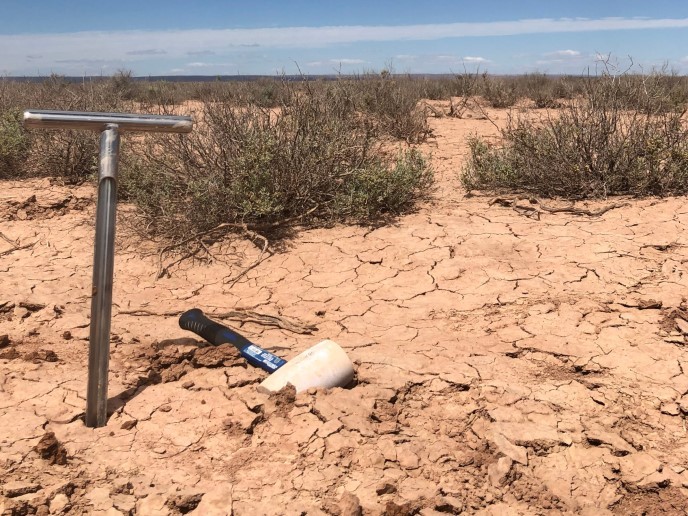Microorganisms reveal location of oil and gas reserves
Even with the best available technology, oil and gas (O&G) companies may need to drill multiple wells before they successfully find oil or gas. This is extremely expensive as it requires an enormous logistical effort and is costly to the environment. Every shale well not drilled saves USD 6 million, as well as 10 million litres of water, 100 000 litres of chemicals and 4 000 lorry journeys. Offshore exploration is much more costly as it requires expensive offshore rigs and supply vessels, plus there is the associated damage to the ecosystem. The EU-funded Biodentify project developed a revolutionary technology that avoids unnecessary drilling by predicting whether an O&G field will be sufficiently productive. “Biodentify uses DNA from 30 cm deep soil samples to identify an oil or gas accumulation before drilling with a 70 % or higher accuracy,” states project coordinator Jonathan Zwaan.
How it works
Every oil or gas accumulation produces microbubbles that travel upwards through the rock via microcracks before reaching the surface. Although the seepage is too small to measure directly, it does influence the composition of microorganisms living in the ground. By extracting the DNA from surface soil samples, Biodentify researchers were able to obtain a DNA ‘fingerprint’ made up of the biomarkers from the different bacterial species present. “We first extract DNA, producing tagged 16S rRNA, and use it to identify all bacterial species present in the soil sample,” comments Zwaan. The hundreds of thousands of species counted in thousands of soil samples create an enormous quantity of data, which is correlated with the presence or non-presence of hydrocarbons. “Advancements in computer processing power now make it possible to construct reliable and predictive computer models by applying machine learning,” Zwaan notes.
Highly accurate technique
Researchers tested a suite of AI algorithms on current data in the Biodentify database to achieve the greatest possible accuracy in correlating microbes and the presence of O&G. They also performed four successful proof of concept pilots to prove the technology to clients from the O&G sector. The first pilot in Argentina predicted the presence of hydrocarbons in a conventional hydrocarbon setting with 97 % accuracy and was able to distinguish shallow oil from deep gas locations. The North Sea pilot used drill cuttings to predict the presence of oil or gas with an accuracy of 82 %. In the United States, two pilots were conducted, one for shale gas in Texas and one for shale oil in North Dakota, with 85 % correct prediction as a result. Biodentify will help to make both shale production and offshore/onshore conventional exploration cheaper and reduce environmental impacts as well as complement conventional seismic surveys to quantify the amount of hydrocarbons present. “Our technology will greatly assist in de-risking drilling O&G wells, both for shale and for on- and offshore conventional exploration thanks to our robust and accurate predictions,” Zwaan concludes.
Keywords
Biodentify, oil, gas, drilling, shale, DNA, O&G, offshore, bacteria, machine learning, AI







